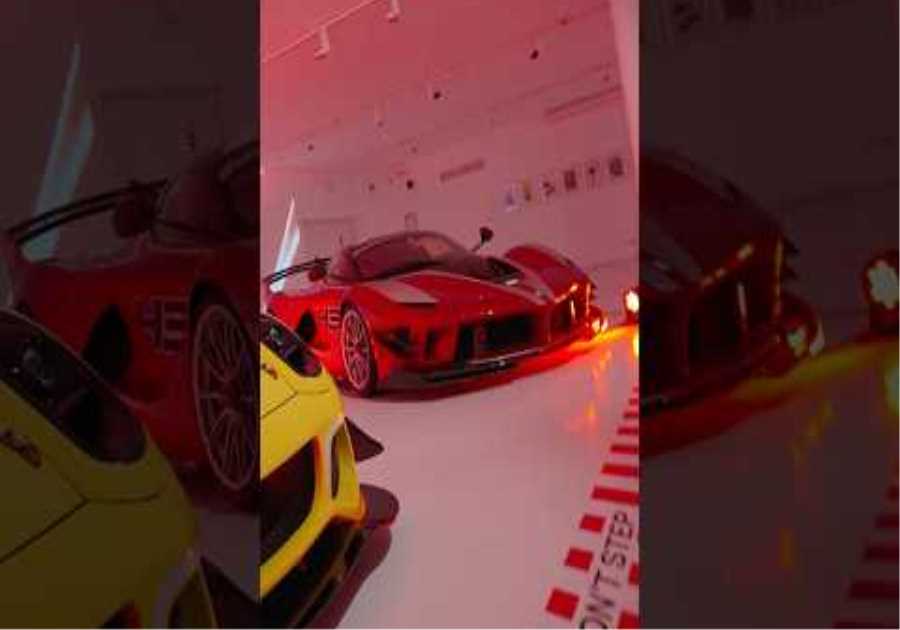
Mercedes have offered a unique demonstration of how the pedals and drinks systems work in a Formula 1 car.
Over the course of a dramatic Formula 1 Grand Prix, it’s easy to forget that the modern-day gladiators piloting the Formula 1 cars are mere humans and, as a drawback of that, have human needs such as basic hydration.
During a tough Grand Prix, particularly in the hot sweaty climes of the likes of Singapore, drivers can lose several kilos during the race – it’s critical that drivers are able to have as much fluid as they can drink during the ordeal.
Kimi Raikkonen may have become a meme in the final years of his F1 career after suffering a few ‘drinks bottle’ failures, ie. “No, Kimi, you will not have the drink”, but it’s a potentially serious failure if a driver was to suffer from complete dehydration.
Of course, the cars aren’t literally fitted with a drinks bottle, nor with refrigeration. The fluids are put into what is essentially a bag, with a tube linking the bag to the driver’s mouth. Given there’s no cooling, even a largely frozen drink will quickly become warm – meaning a less-than-refreshing mouthful when the driver opts to have a drink during the race.
PlanetF1.com recommends
Mercedes share behind-the-scenes images as Mick Schumacher completes seat fit
All the angles: Take a closer look at the all-new Haas VF-23 livery
F1 chief suspects lack of a ‘dry run’ led to Red Bull’s cost cap breach
Mercedes have released a video on their social media channels to reveal how the drinks system works, with long-time simulation and development driver Anthony Davidson asking how it works.
“In essence, it’s a simple system,” Chris King, race team project coordinator at Mercedes, explained in the video.
“It’s effectively a squeezy bag, piped to the driver’s helmet. In years gone by, we’ve gone for more technical systems which involved having a pump. But there are downsides to that where you’ve got additional weight – we have had in the past where the drink pump fails, and it just keeps pumping and pumping.”
“So, basically, this is a one-way valve with a filter to stop any bits getting through. And a one-way valve to stop so, if you’re sucking and you stop sucking, it’d slowly drained back down to the back.”
Mercedes also revealed how Formula 1 car pedals are optimized for their drivers. As can be imagined, the pedals on an F1 car are far more complicated than on a road car.
While the basics, such as the accelerator on the right and brake to the left, are as you might expect, how each driver likes the positioning and feel of the pedals is completely unique to every single driver – George Russell and Lewis Hamilton included.
Intriguingly, the brake pedal and throttle may not be made of the same material, as the braking forces applied by a driver often mean stronger materials are needed to ensure it doesn’t break…
George Gover, a mechanical design engineer at Mercedes, spoke to Davidson about how the pedals are considered when being fitted to the F1 car.
“A lot of the pedals are quite bespoke to each driver, in order to move them forwards and backwards,” he said.
“We have lots of different options for this so that we can go as far forwards and backwards as all our drivers.
“You can see how optimized all the structures are for their own purpose. They have different flags on the sides with different drivers… they control different heel sizes, etc.
“Some drivers will want their feet quite in line with each other some drivers want them offset from each other.”






